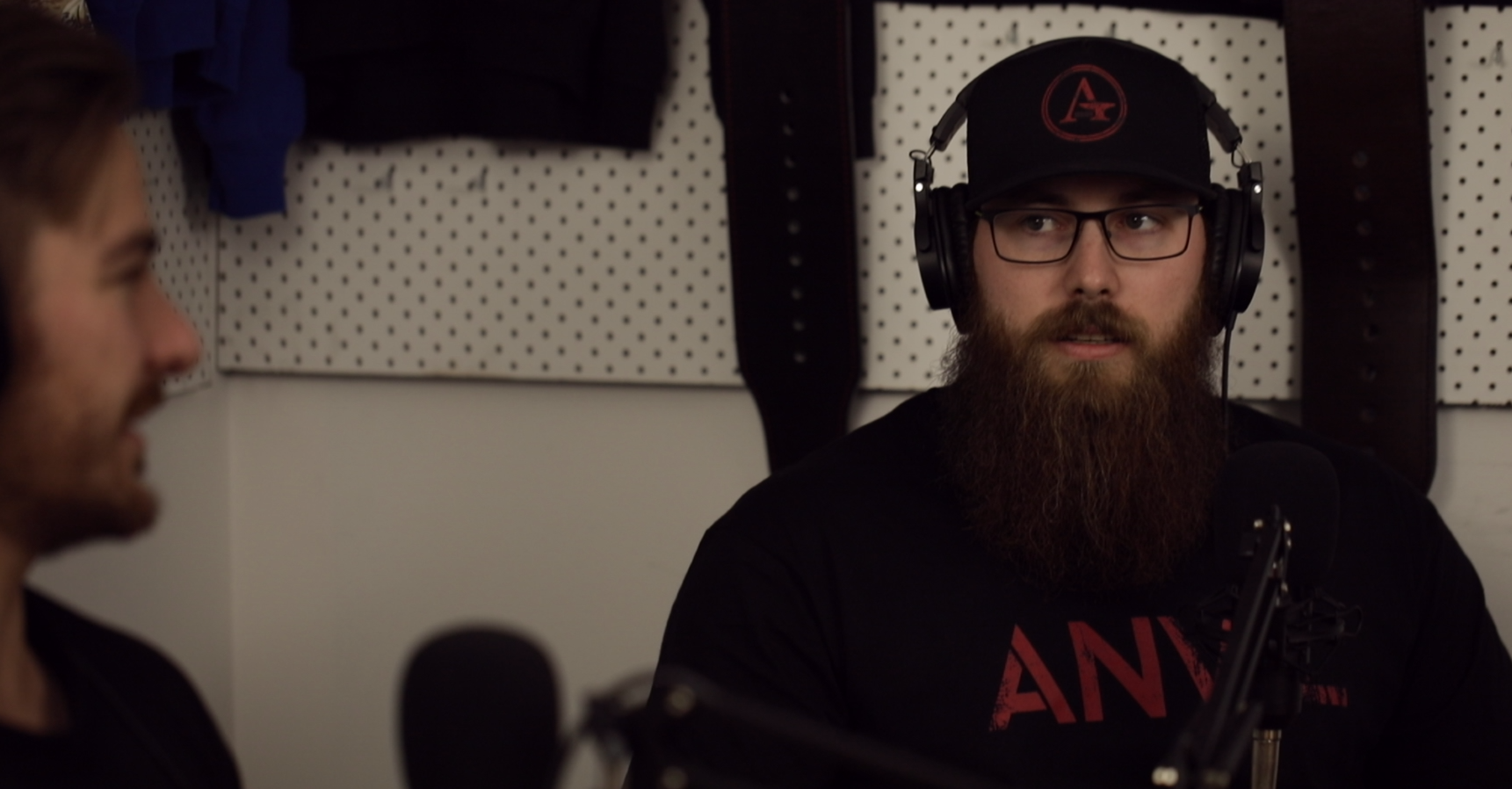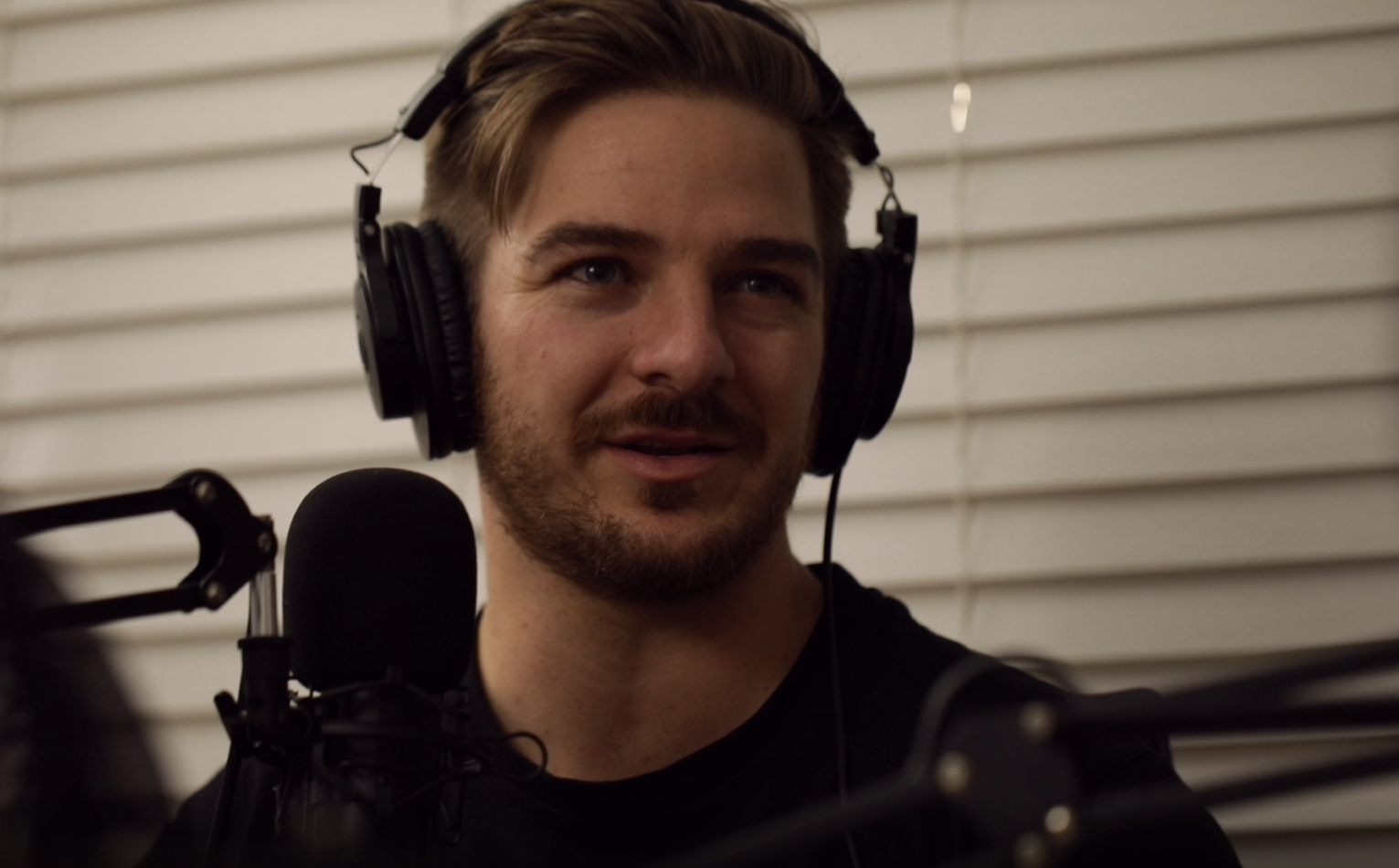Learn to Walk Before You Run, and Then Just Walk Again? (Part 1)

An Anvil Training Article by Marshall Officer
There is no point arguing the benefits of exercise. That argument has been won time and time again, with benefits being demonstrated across mental and physical health and well-being, short term and long term health, and an improved quality of life. And yet, I learned recently that the newest generation of children in the United States is the first generation in history with a shorter life expectancy than their parents and grandparents. This is due to increasing levels of obesity and the plethora of health conditions that come from a sedentary lifestyle. This isn’t limited to just the US, either. In Australia, obesity levels are higher than ever, with over 25% of children recorded as obese (according to the Australian Institute of Health and Welfare, 2018).
This is a scary statistic. Especially when we consider that the fitness industry is bigger and more profitable than ever, and it seems to be doing very little to actually help people lead healthier lives. We could dive much deeper into all of these topics, but the one I want to address here is motivation. More specifically - how can you find an effective balance between a normal human being’s need for exercise and their aversion to discomfort, in order to convince them to keep exercising day after day, week after week, until it becomes a healthy habit?
Common misconceptions
One common misconception about exercise is that you need to be uncomfortable. No pain, no gain. Most people will make any number of excuses to avoid confronting the real issue: in the short term, exercise makes me feel worse, not better. So why would I go for a run, get sweaty, feel horrible, and become grossly aware of how unfit I am, when I could just sit on the couch and eat snacks and feel great? The answer to that question is easy for any fitness or health professional: sitting on the couch eating snacks will kill you faster in the long run than regular exercise ever will. But what about for the layperson? It is extremely hard to argue a long term benefit when sitting on the couch seems so harmless.
It is clear that there needs to be a different approach to how we think about exercise. Rather than focusing on the short-term discomfort it may bring, the emphasis needs to be on the long-term. In the past, this hurdle has been tackled using home workout DVDs, HIIT classes, 6 or 12 week challenges, and any number of other options to try to make exercise more appealing. What these things don’t teach people, however, is how to effectively build a lifelong habit. Why? Because many individuals aren’t comfortable enough to do something at least once a day, every day of the week, for the rest of your life. If I can’t do my 45 minute booty blast bonanza because a colleague suggested a spur of the moment Wine Not Wednesday, then I just won’t exercise. Basic human nature has spoken: on average, short-term, instant-gratification excuses seem to always prevail against the harder, uncomfortable, healthier, and smarter choice.
Stop Overthinking It
So, what about walking? I’m not suggesting walking will fix the worldwide lack of motivation for exercise, and I’m certainly not suggesting that it is the only thing everyone should do to cure all their health problems directly related to sedentary lifestyles. But it is a step in the right direction (pun intended). Walking is not that uncomfortable. It is low impact, and most able people generally do some form of it every day. Whether it is from your desk to the coffee machine, from your car to your front door, or from the fridge to the couch, walking is an activity you do without even thinking about it. The best part about it is, it’s great for you. Injury statistics show that running has a rate of injury between 20-70% - which is a broad statistic, but allows for the possible increased likelihood of injury when you factor in things like obesity, poor technique, and going too hard too soon. Walking, however, has an injury rate between 1-5%. Even with a high bodyweight or other health concerns, chances of injury are quite low. Walking is something you are already doing on a daily basis, so why not use this activity as a place to start?
So what is the challenge? Everyone already walks a little bit, but the statistics remain the same, nobody’s health is any better. The issue is that walking is rarely used as a go-to staple in the fitness community as a platform for helping people do what they desperately need to do - make exercise a habit, it’s not about making it an activity you schedule in, or a 3 day per week event that looms in your calendar and you dread every minute until it’s over. What I am suggesting is changing the perspective to make walking a habit that you do every single day, no matter what, just like breathing. Why? Because just like breathing, regular exercise will literally keep you alive and healthier longer than not doing it.
The secret to implementing walking in the form of a healthy habit is by combining it with activities people already do, no matter what. A great example is eating. Everyone eats at least once a day, and no matter what job you do - you take time to eat out of your day, so you are rarely doing anything else while you do it.
Start Small
What is the best way to make ‘walking as a positive habit’ work? Start small. After lunch, every single day of the week, go for a walk. As soon as you finish your food, stand up, go outside, look at your watch, and walk 5 minutes in one direction. Turn around, come back, and go back to whatever you normally do. Do this every single day for 30 days. It probably won’t feel like much, but I promise it is making a difference. After 30 days, build your habit. Take your walk after 2 meals a day. Or every meal. Every time you finish eating any meal, get up, go outside, walk for 5 minutes, turn around and come back. You won’t get exhausted, you might not even break a sweat, and you probably won’t be all that uncomfortable. But you are doing up to 30 minutes more exercise a day than you were doing before. And there is the key: each time you build, you’ll be doing slightly more than you were doing before, and making it a habit.
An important thing to remember is not to make excuses about walking. Excuses are a crutch that allow people to make responsibility an external factor. Take charge of your own health, and recognise when you are making excuses. Remember, you have to do a little bit more than you were already doing. So if you walk to get your lunch every day, that doesn’t count. You have to do 10 more minutes than what you did every other day - but it’s only 10 minutes, and I guarantee you will feel better than you did before. Not only this, but walking after a meal is proven to stimulate brain activity so you feel less tired and don’t end up in a “food coma”.In case you needed any more reason to add this to your every-day routine, here is a bit of ‘science’ - walking after meals helps digestive motility (moving food through the stomach and through the gastrointestinal tract faster), helps maintain healthy blood sugar levels - a spike in blood sugar after a meal promotes increased insulin release and increased fat storage - so walking after a meal can manage that biological reaction and lower blood sugar spikes - too much glucose is bad for the heart, kidneys and brain. You will become more productive, and you are building a habit. Even if this is all you do for the next 5 years, you are spending the next 5 years being more active than you would have otherwise, and your doctor, your heart and your children will thank you.
To Be Continued Next Week!
***Disclaimer worth noting - this is a suggestion to improve everyday health and fitness/well-being. However, there are individuals who may not fall into the group of ‘most people’ who can do this - those with a disability or chronic illness (heart, lungs etc). If you have a diagnosed medical condition, please consult a qualified medical professional who can advise what sort of ‘healthy exercise habit’ you could do. You don’t have to let existing health concerns stand in the way of building good habits and living a more active life.
About Us
Anvil Training and Development is a group of Australian veterans who care about the physical and mental health of veterans and emergency service workers. We’re passionate about ongoing education and working with others to implement positive change.
Instagram: Anvil Training & Development - @anvil.td
Facebook: Anvil Training & Development - @anvil.td
www.anviltd.com
(Article Edited, Proof Read, and Fact-Checked by Charlotte Officer)
VES Mental Health Resources: https://anviltd.com/pages/ves-australian-mental-health-resources
Further Reading and Sources
http://thechart.blogs.cnn.com/2011/09/23/which-burns-more-calories-walking-or-running/
https://www.ncbi.nlm.nih.gov/pubmed/23190592
https://www.active.com/walking/articles/running-versus-walking-which-burns-more-calories
https://www.healthline.com/health/walking-vs-running
https://www.aihw.gov.au/reports-data/behaviours-risk-factors/overweight-obesity/overview









Leave a comment